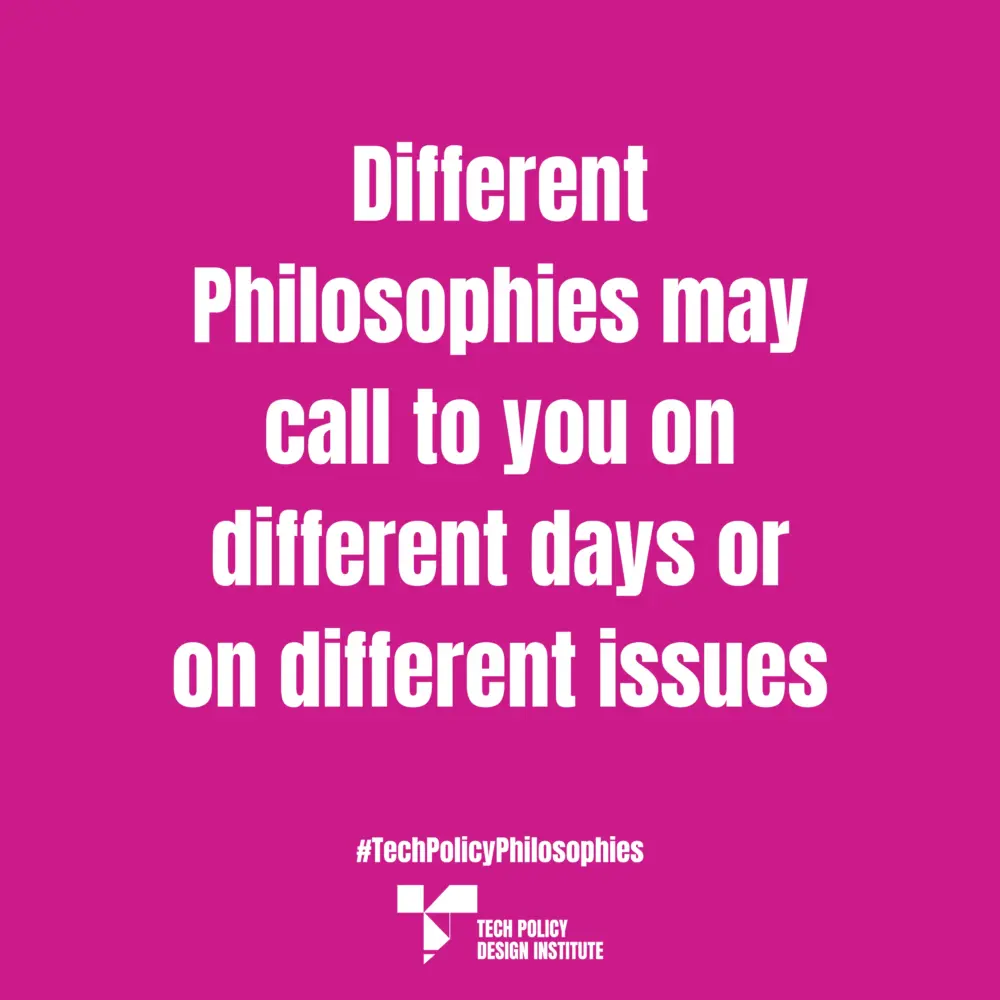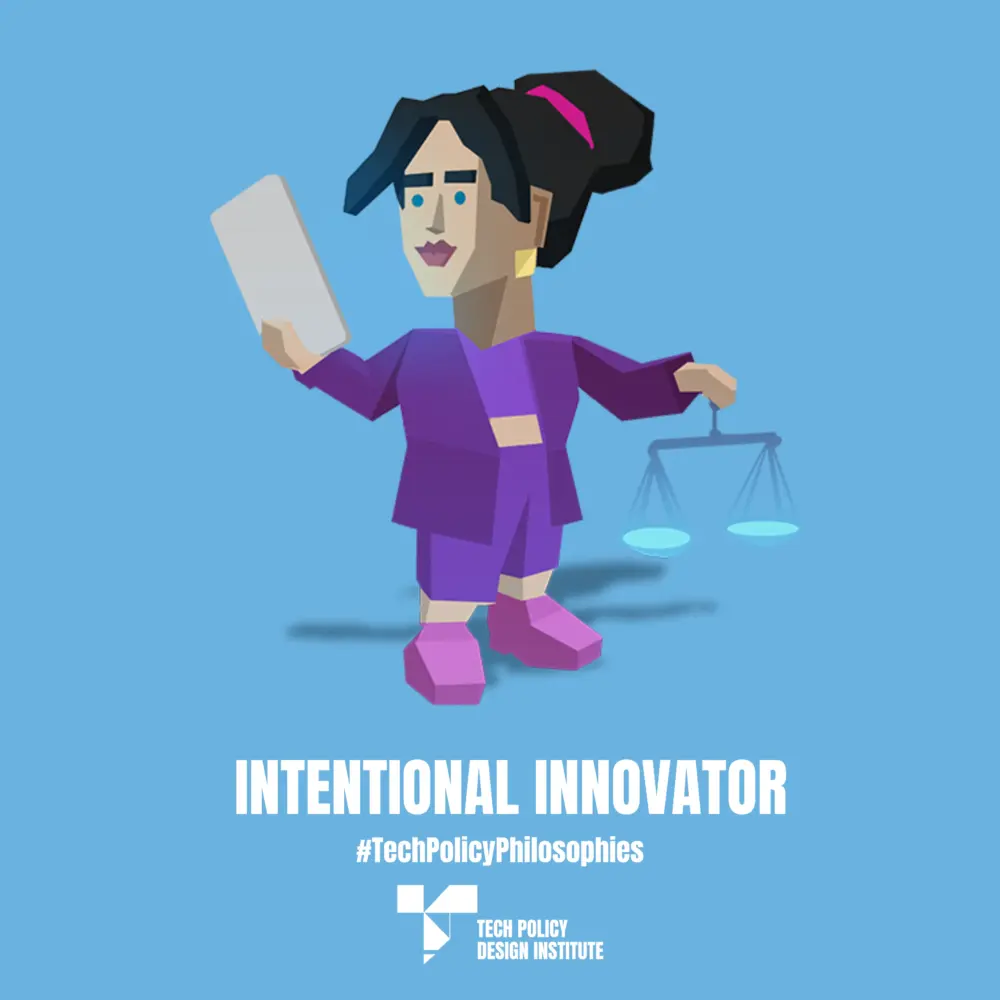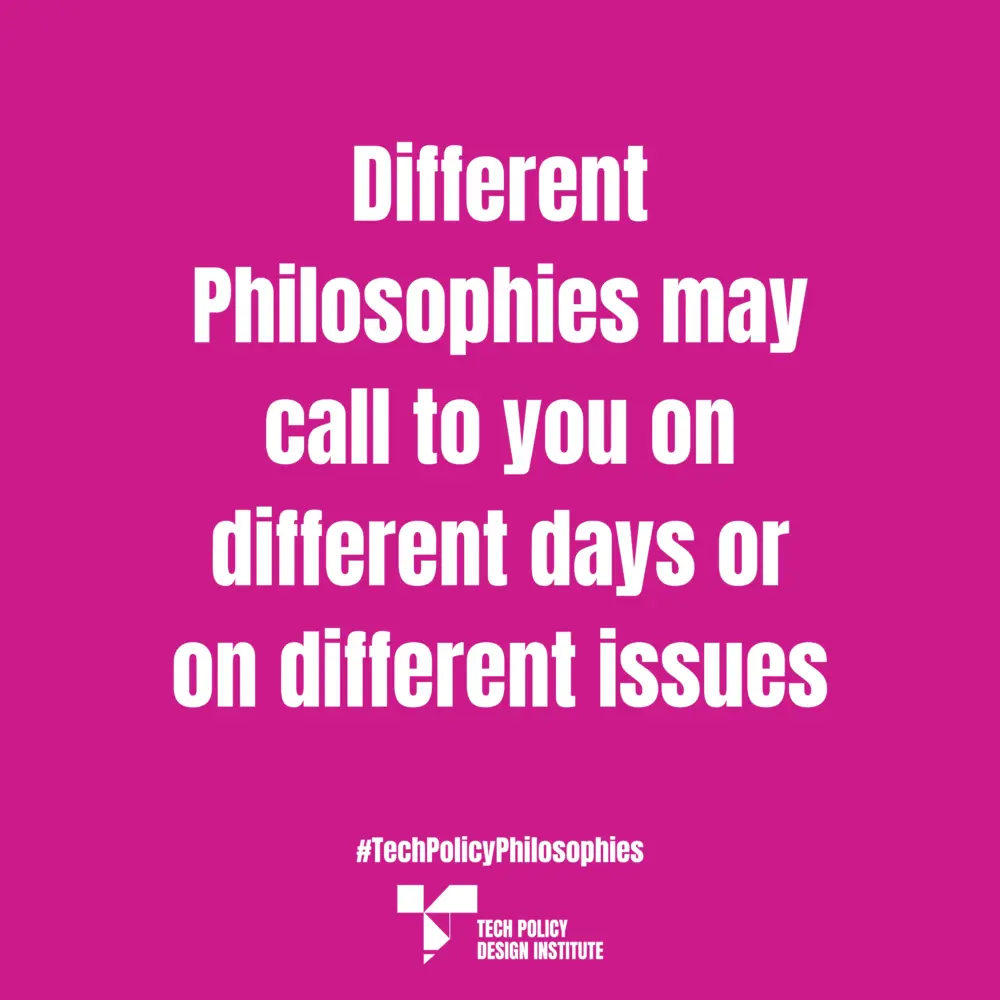Navigating the Tech Policy Ecosystem
a Taxonomy and Map
Technology intersects with every aspect of modern life and policymaking. The ability to navigate and shape the tech policy ecosystem is an indispensable skill for government, business, civil society, and research leaders alike.
This Policy Spotlight provides two critical tools to support practitioners to navigate the tech policy ecosystem:
- The Taxonomy of Tech Policy Philosophies: this framework identifies and defines 15 distinct tech policy philosophies. By delineating core philosophies, the Taxonomy equips practitioners to identify their tech policy allies, understand sources of disagreement, and discover opportunities for collaboration.
- The Map of Australian Tech Policy Stakeholders: this visual and organisational tool demystifies the complex stakeholders across Australia’s tech policy ecosystem. The Map, complemented by an Index of Federal Government tech, digital and cyber responsibilities, empowers practitioners to navigate the Australian tech policy landscape effectively.
The tools provide stakeholders and researchers with a shared reference point, enabling greater collaboration and coordination, targeted engagements, education and training, and global comparisons.
Taxonomy The Taxonomy of Tech Policy Philosophies
A taxonomy – the practice of categorising and organising things into distinct groups – is a valuable tool for understanding complex systems. Originating in biology, taxonomies have been applied across disciplines to create order, identify relationships, and facilitate analysis.
To navigate the tech policy ecosystem, we need to understand the profile, priorities, and motivations of the diverse range of players on the field. A taxonomy equips stakeholders to navigate an ecosystem that is as ideologically charged as it is multifaceted. To that end, this section presents 15 different philosophies embodied by different tech policy stakeholders.
This Taxonomy is designed to provide an understanding of the ecosystem and equip stakeholders with the shared language to express and navigate different points of view on technology and its impact on society. Categorising and defining the groups equips stakeholders with a shared language through which to identify and articulate which philosophy, or philosophies, is motivating particular position(s).
The Taxonomy is intentionally globalised, offering a framework that is applicable in Australia but also in many jurisdictions around the world.
In reality, of course, individuals and organisations will often embody more than one of these philosophies – on different issues, with different stakeholders, possibly at the same time. The list is not intended to be mutually exclusive or completely exhaustive but provides a foundational picture of the tech policy landscape.
⬇️ Download the Spotlight Report (with detailed explanation of each of Tech Policy Philosophy)
⬇️ Download a Summary of the 15 #TechPolicyPhilosophies
Overview Tech Policy Philosophies
In reality, of course, individuals and organisations will often embody more than one of these philosophies – on different issues, with different stakeholders, possibly at the same time. The list is not intended to be mutually exclusive or completely exhaustive but provides a foundational picture of the tech policy landscape.
The #TechPolicyPhilosophies provide stakeholders and researchers with a shared reference point, enabling greater collaboration and coordination, targeted engagements, education and training, and global comparisons.
Summary of the different characteristics of the 15 Tech Policy Philosophies
Quiz Discover your Tech Policy Philosophy
Download and Share Your Tech Policy Philosophy
Map Australian Tech Policy Stakeholders
Technology has shifted from a relatively niche, technical policy domain to a central and contentious policy area spanning multiple government portfolios. This evolution reflects how deeply technology now influences society, the economy and geopolitics. What was once the domain of specialist agencies, has become a whole-of-government task in 2025, requiring coordination across diverse stakeholders.
Different countries have adopted varying approaches to manage this complexity. Our previous report, Tending the Tech EcosystemTending the Tech-Ecosystem Report, contains overviews of the regulatory structures of 14 jurisdictions globally.
In Australia, the approach reflects a combination of centralisation and diffusion. As highlighted in the companion report to Tending the Tech Eco-system, Cultivating Coordination, Australia’s tech policy ecosystem features overlapping responsibilities and a diverse set of actors spanning federal, state, and local levels. Coordination is complicated by the broad spectrum of policy domains affected, from cyber security to consumer protection, and the increasing intersection of tech issues with traditional policy issues like healthcare and education.
The Map of Australian Tech Policy Ecosystem is designed to demystify this complex landscape. Taking a multistakeholder view, it captures the full range of stakeholders that should be included in best practice tech policy development in Australia. The Map is accompanied by an Index of Australian Government Tech Policy Responsibilities.
This Map of Australian Tech Policy Stakeholders is a visual and organisational tool demystifies the complex stakeholders across Australia’s tech policy ecosystem. The Map, complemented by an Index of Federal Government tech, digital and cyber responsibilities, empowers practitioners to navigate the Australian tech policy landscape effectively.
Version 2: March 2025
Want to suggest updated to the Map or Index?
Please Contact Us.

























